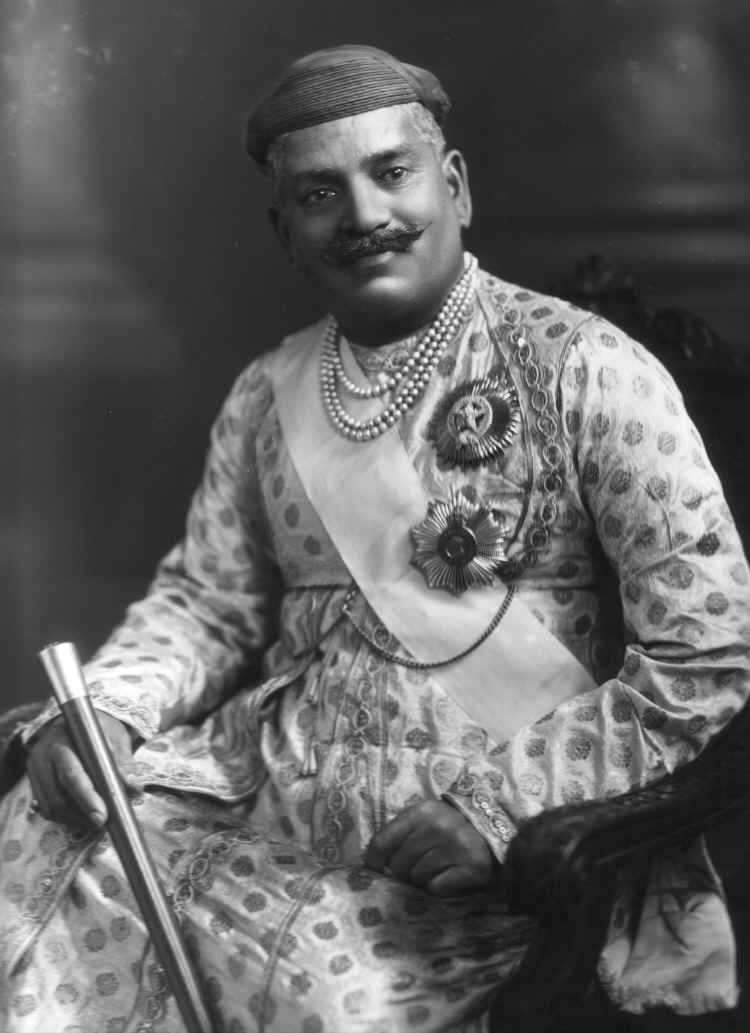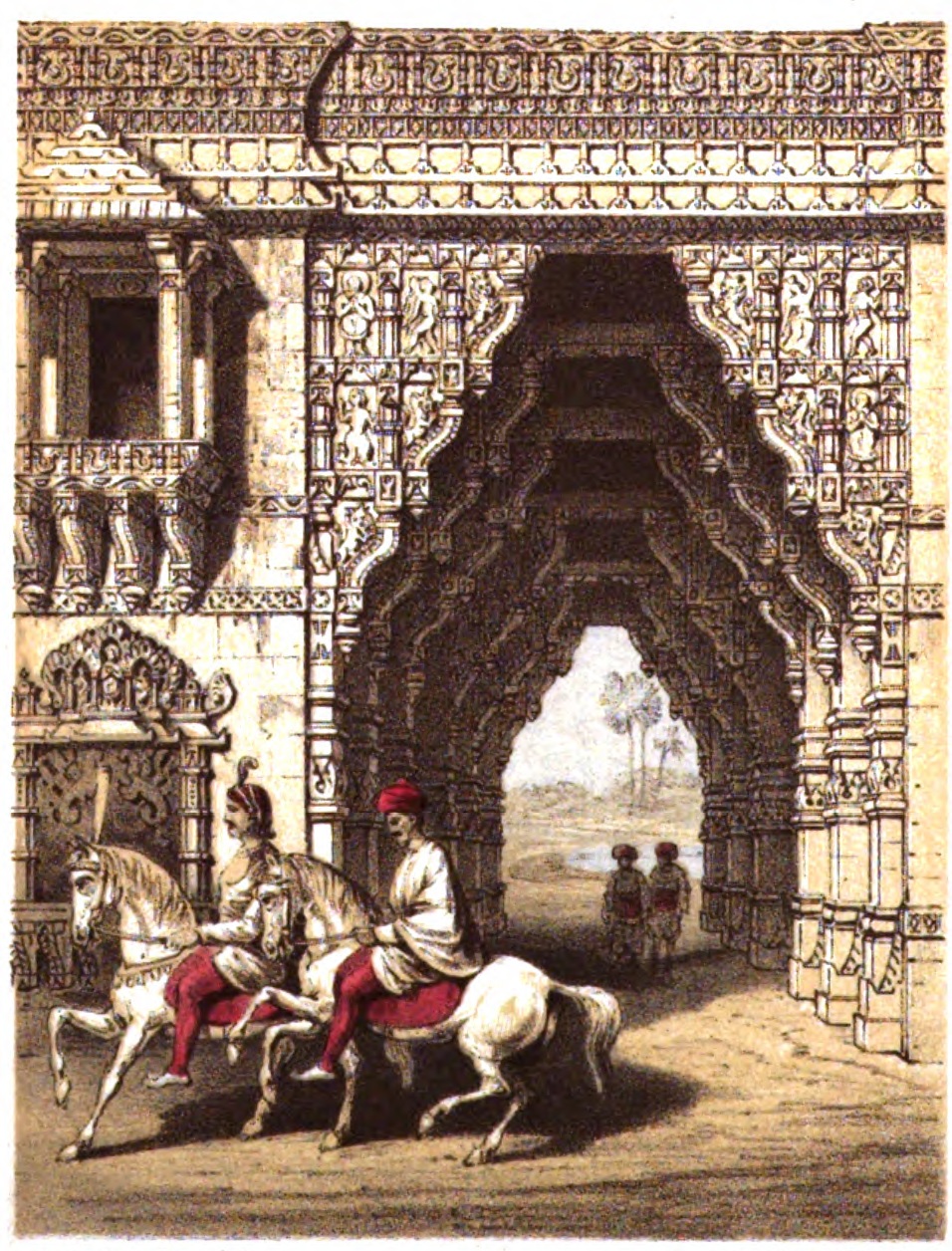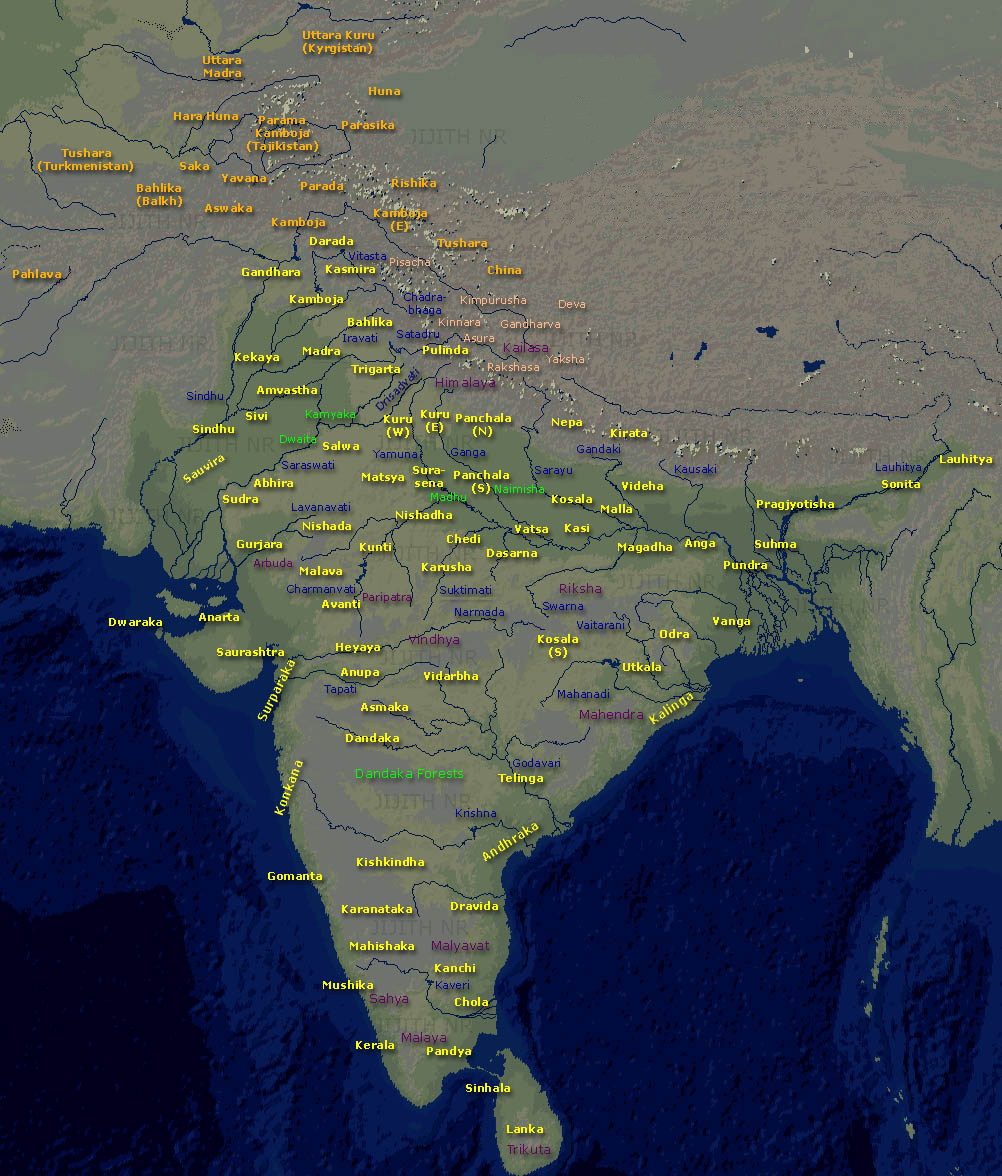|
Chachana
Chachana (sometimes spelled Chanchana or Cacana) is a village and former Rajput princely state in Chuda Taluka of Surendranagar district, on the Saurashtra peninsula in Gujarat, India. History The petty princely state, comprising only the single village in Jhalawar prant (Eastern Kathiawar), was ruled by Jhala Rajput Chieftains and Bhayad of Limbdi State. It was under Bhoika ''thana''. The population according to the census of 1872 was 783 and according to that of 1881, 782 souls. In 1901 it had a population of 459, yielding 5,000 Rupees state revenue (1903-4, all from land), paying 318 Rupees tribute to the British. References Sources and external links Imperial Gazetteer2 of India, Volume 15, page 168 - on Digital South Asia Library * This article incorporates text from a publication now in the public domain The public domain (PD) consists of all the creative work to which no exclusive intellectual property rights apply. Those rights may have expired, bee ... [...More Info...] [...Related Items...] OR: [Wikipedia] [Google] [Baidu] |
Jhalawar Prant
:''See Jhalawar for namesakes'' Jhalawar(zalawad) was the northernmost of the four ''prant''s (traditional regions) into which the many feudal units (mostly petty princely states) of Kathiawar on Saurashtra peninsula in present Gujarat (western India) were divided, the others being Halar (west), Gohelwar (southeast) and Sorath (south). Its salute states were : * First Class : dhrangadhra state ,title of maharajadhiraj maharana sahib ,Hereditary salute of 13 guns before independence the take 15 gun salute. wankaner state, title of maharana sahib,hereditary salute of 11 guns * Second Class : ** Limbdi State, title Thakore Sahib, Hereditary salute of 9-guns ** Wadhwan State, title Maharana, Hereditary salute of 9-guns Its main non-salute states included this all state rule under the jhala rajputs : * Third Class : Chuda State, Lakthar State, Sayla State * Fourth Class : Bajana State, Muli State, Patdi State * Fifth Class : Vanod State * Sixth Class : Anandpur State, Bhoika ... [...More Info...] [...Related Items...] OR: [Wikipedia] [Google] [Baidu] |
Princely State
A princely state (also called native state or Indian state) was a nominally sovereign entity of the British Indian Empire that was not directly governed by the British, but rather by an Indian ruler under a form of indirect rule, subject to a subsidiary alliance and the suzerainty or paramountcy of the British crown. There were officially 565 princely states when India and Pakistan became independent in 1947, but the great majority had contracted with the viceroy to provide public services and tax collection. Only 21 had actual state governments, and only four were large ( Hyderabad State, Mysore State, Jammu and Kashmir State, and Baroda State). They acceded to one of the two new independent nations between 1947 and 1949. All the princes were eventually pensioned off. At the time of the British withdrawal, 565 princely states were officially recognised in the Indian subcontinent, apart from thousands of zamindari estates and jagirs. In 1947, princely states covered ... [...More Info...] [...Related Items...] OR: [Wikipedia] [Google] [Baidu] |
Surendranagar District
Surendranagar is an administrative district in Saurashtra region of Gujarat state in India. It has a population of approximately 1.7 million people. Surendranagar city, along with the twin city of Wadhwan, has a total of 400,000 inhabitants, and is known as "Camp". Economy In the past, Surendranagar was used by colonialists as a hill station, because of its dry environment that was beneficial for some physical as well as mental ailments. Surendranagar's dry air is still believed to be the best place in Gujarat to cure tuberculosis patients. District capital Surendranagar, which lies under Municipality body is suffering from poor condition of roads and the two Causeways which join both the sides of city divided by Bhogavo River. Municipality body of city is considered to be a candidate for status of Municipal Corporation for a long time but due to some political reasons it never happen. It has the second highest number of educational institutes per capita. Many newspap ... [...More Info...] [...Related Items...] OR: [Wikipedia] [Google] [Baidu] |
Saurashtra (region)
Saurashtra, also known as Sorath or Kathiawar, is a peninsular region of Gujarat, India, located on the Arabian Sea coast. It covers about a third of Gujarat state, notably 11 districts of Gujarat, including Rajkot District. It was formerly a state of India before it merged with Bombay state. In 1961 it separated from Bombay and joined Gujarat. Location Saurashtra peninsula is bound on the south and south-west by the Arabian sea, on the north-west by the Gulf of Kutch and on the east by the Gulf of Khambhat. From the apex of these two gulfs, the Little Rann of Kutch and Khambhat, waste tracts half salt morass half sandy desert, stretch inland towards each other and complete the isolation of Kathiawar, except one narrow neck which connects it on the north-east with the mainland of Gujarat. The peninsula is sometimes referred to as Kathiawar after the Kathi Darbar, which once ruled most of the region. However, Saurashtra is not entirely synonymous with Kathiawar, since a ... [...More Info...] [...Related Items...] OR: [Wikipedia] [Google] [Baidu] |
Gujarat
Gujarat (, ) is a state along the western coast of India. Its coastline of about is the longest in the country, most of which lies on the Kathiawar peninsula. Gujarat is the fifth-largest Indian state by area, covering some ; and the ninth-most populous state, with a population of 60.4 million. It is bordered by Rajasthan to the northeast, Dadra and Nagar Haveli and Daman and Diu to the south, Maharashtra to the southeast, Madhya Pradesh to the east, and the Arabian Sea and the Pakistani province of Sindh to the west. Gujarat's capital city is Gandhinagar, while its largest city is Ahmedabad. The Gujaratis are indigenous to the state and their language, Gujarati, is the state's official language. The state encompasses 23 sites of the ancient Indus Valley civilisation (more than any other state). The most important sites are Lothal (the world's first dry dock), Dholavira (the fifth largest site), and Gola Dhoro (where 5 uncommon seals were found). Lothal ... [...More Info...] [...Related Items...] OR: [Wikipedia] [Google] [Baidu] |
Prant
A prant is a historical district in India, and a native British Raj age term for a colonial district. The same name can thus have different meanings depending on the period. Pre-colonial Some prants are traditional names for parts of historical regions, such as the original ten regions of Kathiawad on Saurashtra peninsula in Gujarat: Jhalawar in the north, Machhukantha west of it, Halar in the northwest, Okhamandal in the extreme west (controlled by Baroda), Barda of Jethwar along the southwest coast, Sorath (a Muslim corruption of Saurashtra) in the south, Babriawar in the hilly southeast, Kathiawar proper (large and central), Undsarviya along Shetrunji river and then finally Gohelwad, along the eastern Cambay coast and comminated by Gohel Rajputs. Colonial British During the British raj, the term is often applied to the colonial Districts of British India. Thus the colonial agency exercising indirect rule over the princely states in Kathiawar on Saurashtra peninsula in ... [...More Info...] [...Related Items...] OR: [Wikipedia] [Google] [Baidu] |
Jhala
Jhala (Hindi: झाला, ) is a term in Hindustani classical music which denotes the fast-paced conclusions of classical compositions or raga A ''raga'' or ''raag'' (; also ''raaga'' or ''ragam''; ) is a melodic framework for improvisation in Indian classical music akin to a melodic mode. The ''rāga'' is a unique and central feature of the classical Indian music tradition, and as a .... It is often characterized by the overwhelming of the melodic component by the rhythmic component. This is sometimes effected by the rapid striking together of the ''chikari'' between notes.Kamien, Roger, and Anita Kamien. Music: an Appreciation. McGraw-Hill Education, 2018. References Hindustani music terminology Formal sections in music analysis {{India-music-stub ... [...More Info...] [...Related Items...] OR: [Wikipedia] [Google] [Baidu] |
Rajput
Rajput (from Sanskrit ''raja-putra'' 'son of a king') is a large multi-component cluster of castes, kin bodies, and local groups, sharing social status and ideology of genealogical descent originating from the Indian subcontinent. The term Rajput covers various patrilineal clans historically associated with warriorhood: several clans claim Rajput status, although not all claims are universally accepted. According to modern scholars, almost all Rajput clans originated from peasant or pastoral communities. Over time, the Rajputs emerged as a social class comprising people from a variety of ethnic and geographical backgrounds. During the 16th and 17th centuries, the membership of this class became largely hereditary, although new claims to Rajput status continued to be made in the later centuries. Several Rajput-ruled kingdoms played a significant role in many regions of central and northern India from seventh century onwards. The Rajput population and the former Rajput state ... [...More Info...] [...Related Items...] OR: [Wikipedia] [Google] [Baidu] |
Limbdi State
Limbdi State was a princely state and was entitled to a 9-gun salute during the British Raj. It was ruled at that time by members of the Jhala dynasty. It belonged to Kathiawar Agency. After India's independence The Indian independence movement was a series of historic events with the ultimate aim of ending British rule in India. It lasted from 1857 to 1947. The first nationalistic revolutionary movement for Indian independence emerged from Bengal. ... from British colonial rule in 1947, Limbdi was integrated into the Indian Union with other princely states. History During local princely states existence in Kathiyawad, there were approximately 222 small & medium princely states. During that era, Limbdi was also a princely state. During the time span from 1768 to 1948, many rulers had taken charge of Limbdi starting from Harisinhji, Bhojrajji, Harbhamji, Fatesinhji, Jashwantsinhji, Jatashankar. Rulers The rulers of Limbdi had the title of Thakur Sahib. They also held t ... [...More Info...] [...Related Items...] OR: [Wikipedia] [Google] [Baidu] |
Bhoika
Bhoika is a village and former Rajput princely state in Limbadi Taluka of Surendranagar district, on Saurashtra in Gujarat, India. History The Sixth Class tribute-paying state in Jhalawar ''prant'', comprising two more villages, was ruled by Jhala Rajput Chieftains, a cadet ranch of Limbdi State. During the British raj, it was the head-quarters of an Agency '' thana'' which superintended the affairs of the independent Bhayat of Limbdi. The Garasias once commenced to build a fort of which the remains may be seen, but were prevented completing it by the Limbdi chief. There is a minaret in the Bhoika village of Jhobala, said to have been built by one of the cadets of the Jundgadh's Ghori Rajput house. One of the Bhoika Jhalas had worked with Bhavnagar State during the reign of Vakhatsinghji. The population according to the census, of 1872 was 2169 and according to that of 1881, 2286 souls. In 1901 it has a population of 3,013, yielding a state revenue of 20,000 Rupees (1903-4, ... [...More Info...] [...Related Items...] OR: [Wikipedia] [Google] [Baidu] |
Public Domain
The public domain (PD) consists of all the creative work to which no exclusive intellectual property rights apply. Those rights may have expired, been forfeited, expressly waived, or may be inapplicable. Because those rights have expired, anyone can legally use or reference those works without permission. As examples, the works of William Shakespeare, Ludwig van Beethoven, Leonardo da Vinci and Georges Méliès are in the public domain either by virtue of their having been created before copyright existed, or by their copyright term having expired. Some works are not covered by a country's copyright laws, and are therefore in the public domain; for example, in the United States, items excluded from copyright include the formulae of Newtonian physics, cooking recipes,Copyright Protection No ... [...More Info...] [...Related Items...] OR: [Wikipedia] [Google] [Baidu] |




